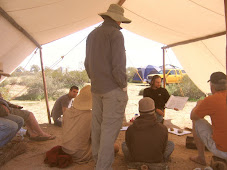Following the realization that food was the major contributing factor in human health and disease, Weston Price kept a keen eye out for what specific foods seemed to keep the primitives in good health. It was already obvious that industrialized foodstuffs weren't supportive of optimal health, so now it was Price's mission to determine what particular “nutritional programs” contributed to the well-being of the primitive groups. What food traditions had thousands of years of trial and error resulted in? Dr. Price noted every culture's dietary habits, including special foods utilized during times of child-rearing for the man and woman. It impressed him that the primitives seemed to be aware of preventative measures beginning with the health of the parents:
Curious about the nutritional content of the primitive diets – particularly those that were emphasized for child-rearing – he took several samples of foods from each locale in order to test them at his laboratory in the United States. Armed with such information, Dr. Price believed that he could then determine what all the varied diets of each culture had in common and further understand the nutritional wisdom of the primitives. When he analyzed the traditional foods, he was excited to find that, on the whole, foods in the native diets were four times richer in water-soluble vitamins and minerals and ten times richer in fat-soluble vitamins than the industrialized American diet of his day. Of the native foods studied, Price realized that the foods which the primitives most emphasized and often times considered sacred (especially for child-rearing) were rich in “fat-soluble activators:” vitamins A, D, and what he referred to as “activator X” – now understood to be vitamin K2. This included foods such as fish eggs, liver, certain insects, and other cholesterol-rich, fat-rich foods (see table below; foods high in fat-soluble vitamins are in bold).




